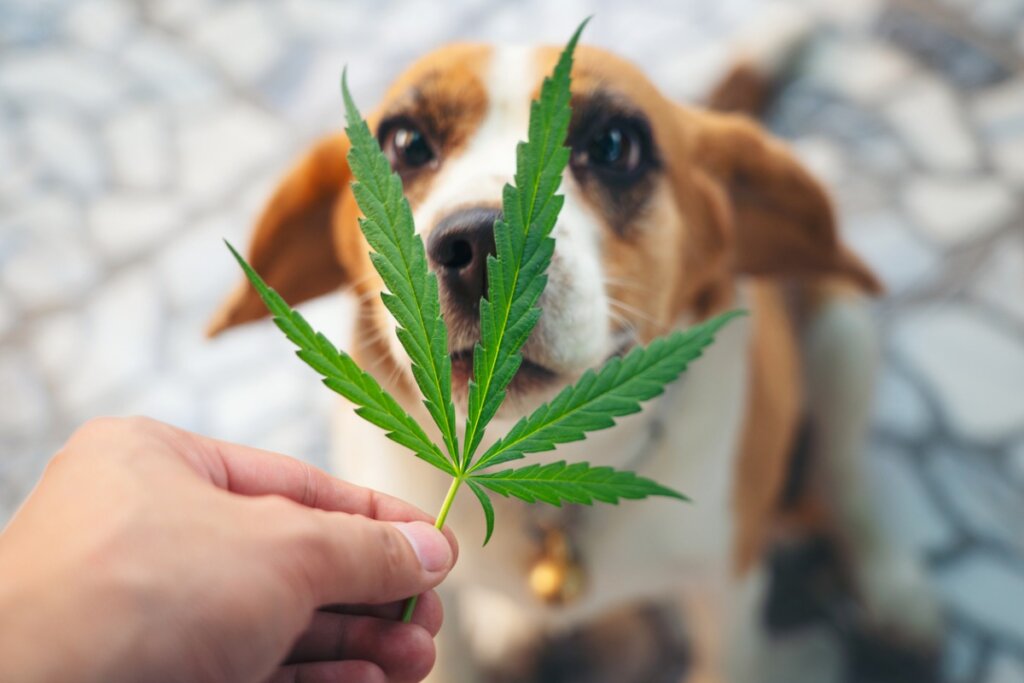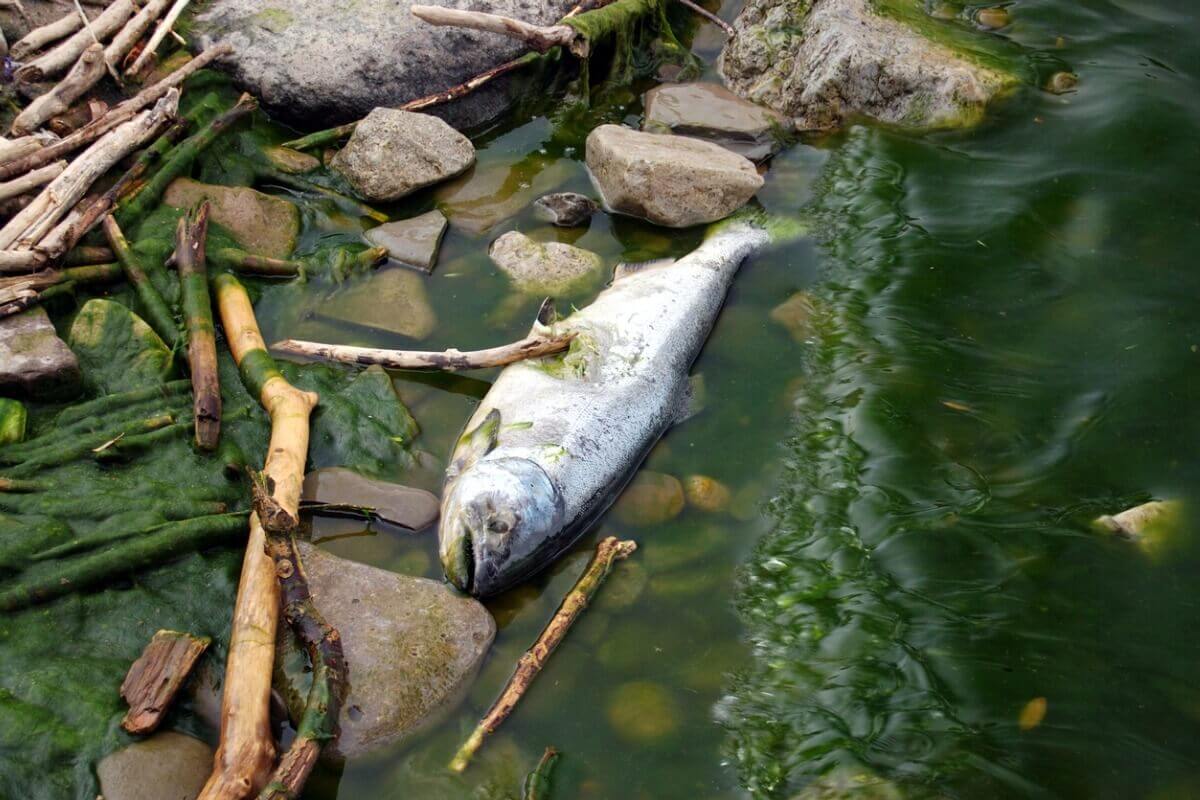Did You Know?: Animals Can Become Addicted to Substances

Humans tend to think that we’re the only ones who have the impulse to consume substances that alter the nervous system. However, animals can become addicted to these chemicals as well, as the brain mechanisms affected are similar in many species (including ours).
Whether by their own free will or by the action of man, many species consume compounds that alter their behavior. If you want to know them, here are the most interesting examples documented to date. Keep reading.
Animal models of addiction
Research on the functioning and effects of drugs on humans has been carried out mainly with laboratory animals, such as rats, pigs, and fish (also primates in the past). Although the aim was to look for the benefit of humans, these experiments have made it possible to explore the brain mechanisms of addiction.
The neurological process behind addiction is similar between humans and non-humans: Dopamine and the limbic system are primarily responsible for regulating reward circuits in the brain. These nerve pathways have a clear function, which is to drive the repetition of behaviors that produce sustained pleasure.
In most experiments, the animals show signs of preferring foods with addictive substances or actively seeking them, as well as showing signs of withdrawal when they didn’t receive them.
In the specific case of chemicals, they induce the activation or inhibition of the corresponding neuronal receptors, creating a conditioned and unnatural response to continue consuming the chemical. Brain structure and physiological functioning will also change over the long term with the use of the drug in question.
Unfortunately, the brain becomes “used to” these substance-induced spikes in activity, creating both physical and emotional dependence. As you can imagine, this also happens in laboratory animals that are exposed to drugs.

Wild animals can become addicted to substances as well
In nature, there are also cases of animals that are addicted to substances. However, these aren’t addictions in the sense that we humans understand (where a person’s life is impaired by the use of the drug), but rather recurrent consumption for the pleasurable effects it causes.
Surely you’re wondering, “What animals can become addicted to substances? How do they distinguish between something that makes them sick and something that gives them a high? Here are some well-known examples to satisfy your curiosity:
- American reindeer (Rangifer tarandus): These deer are somewhat attracted to hallucinogenic mushrooms (Amanita muscaria). Witnesses report that, after consuming them, reindeer run and jump erratically, make strange noises, and shake their heads.
- Elephant (Loxodonta africana ): Pachyderms actively seek out the marula tree (Sclerocarya birrea), whose fruits have a sweet taste. When these fruits become overripe, they ferment into ethanol. Elephants behaved erratically after eating them, as they have trouble metabolizing this alcohol.
- Domestic cat (Felis silvestris catus ): The history of felines with catnip (Nepeta cataria) is well known. This herb produces effects ranging from hyperactivity and distress to drowsiness and drooling. Big cats also show a predilection for this plant.
- Dolphins (family Delphinidae ): In 1995, after observing a group of dolphins harassing a bloated pufferfish, biologist Lisa Steiner hypothesized that these cetaceans were being intoxicated by the tetrodotoxin actively secreted by the fish. This remains to be confirmed, as it’s not ruled out that the poisoning was an accident resulting from playing with the fish.
- Wallabies (family Macropodidae ): Poppy farmers on the island of Tasmania (Australia) report that wallabies enter their crops to eat the plants, which they grow as raw material for the production of painkillers. After eating poppies, the marsupials run in circles until they lose consciousness.
- Flies (Drosophila melanogaster): this is a really interesting case. According to a 2012 study, male flies deprived of mating tend to seek ethanol consumption. It seems that the act of mating and the effect of alcohol share pathways of brain reward systems, so flies in celibacy seek artificial relief through this substance.
The search for pleasure and new experiences isn’t unique to humans, as you can see. However, it’s important to be cautious when it comes to humanizing animal behavior, as direct observation can be misleading (as in the case of dolphins and pufferfish). In the end, the meaning of all animal behavior depends on who interprets it.
The human impact on animal addictions
There are other situations in which animals don’t choose to consume substances, but it’s humans who contaminate their environment with them. To give you an idea of how this happens, a study published in the journal Journal of Experimental Biology reported that the methamphetamines dumped into rivers by chemical plants had addicted the fish that inhabited them.
Sewage plants can’t remove most illicit drugs and medicines dumped from homes, affecting native species.
Cases of fish changing sex in waters contaminated with contraceptive drugs have also been described. Another documented event is the appearance of behavioral variations in aquatic fauna in whose environment dissolved traces of antidepressants have been dumped.

As you can see, the fact that animals can become addicted to chemical substances is a double-edged sword. On the one hand, this behavior is interesting to observe and serves as a model to investigate human addictions. On a more negative note, all this reminds us of the need to re-evaluate the impact we have on other beings.
All cited sources were thoroughly reviewed by our team to ensure their quality, reliability, currency, and validity. The bibliography of this article was considered reliable and of academic or scientific accuracy.
- Horký, P., Grabic, R., Grabicová, K., Brooks, B. W., Douda, K., Slavík, O., … & Randák, T. (2021). Methamphetamine pollution elicits addiction in wild fish. Journal of Experimental Biology, 224(13), jeb242145.
- Purdom, C. E., Hardiman, P. A., Bye, V. V. J., Eno, N. C., Tyler, C. R., & Sumpter, J. P. (1994). Estrogenic effects of effluents from sewage treatment works. Chemistry and Ecology, 8(4), 275-285.
- McCallum, E. S., Bose, A. P., Warriner, T. R., & Balshine, S. (2017). An evaluation of behavioural endpoints: the pharmaceutical pollutant fluoxetine decreases aggression across multiple contexts in round goby (Neogobius melanostomus). Chemosphere, 175, 401-410.
- Shohat-Ophir, G., Kaun, K. R., Azanchi, R., Mohammed, H., & Heberlein, U. (2012). Sexual deprivation increases ethanol intake in Drosophila. Science, 335(6074), 1351-1355.
- Janiak, M. C., Pinto, S. L., Duytschaever, G., Carrigan, M. A., & Melin, A. D. (2020). Genetic evidence of widespread variation in ethanol metabolism among mammals: revisiting the ‘myth’of natural intoxication. Biology letters, 16(4), 20200070.
- Vanderschuren, L. J., & Ahmed, S. H. (2013). Animal studies of addictive behavior. Cold Spring Harbor Perspectives in Medicine, 3(4), a011932.